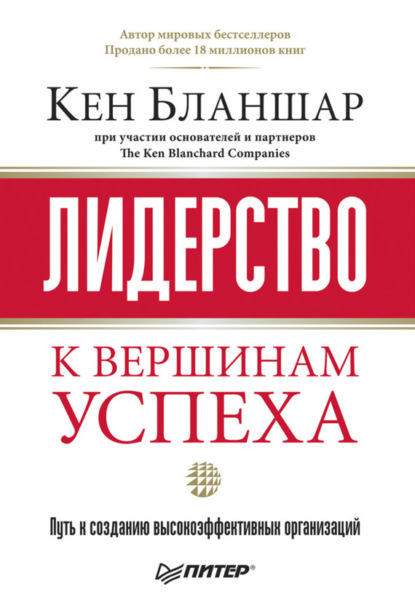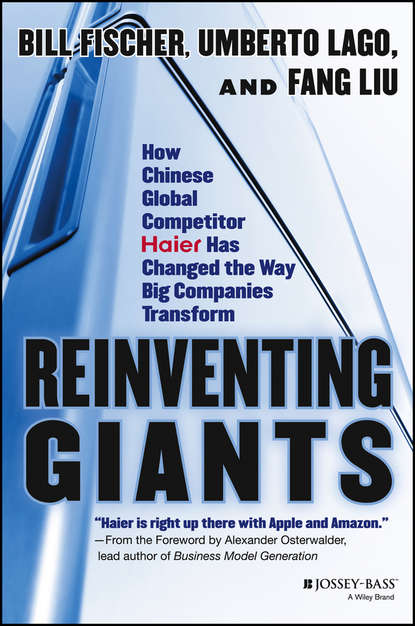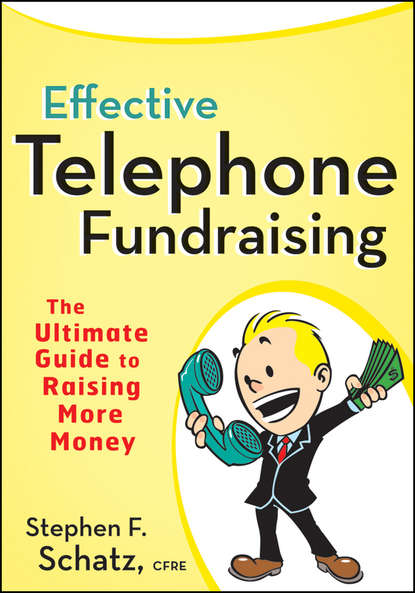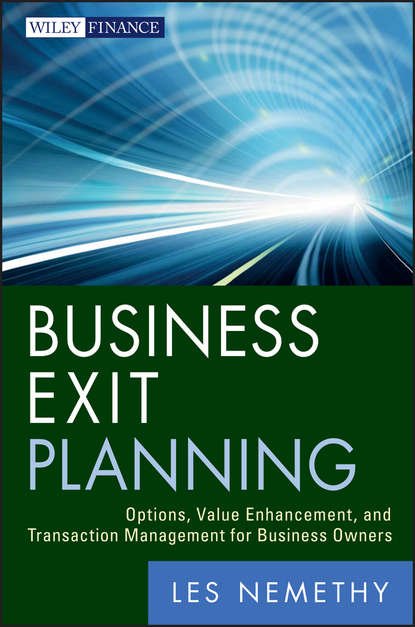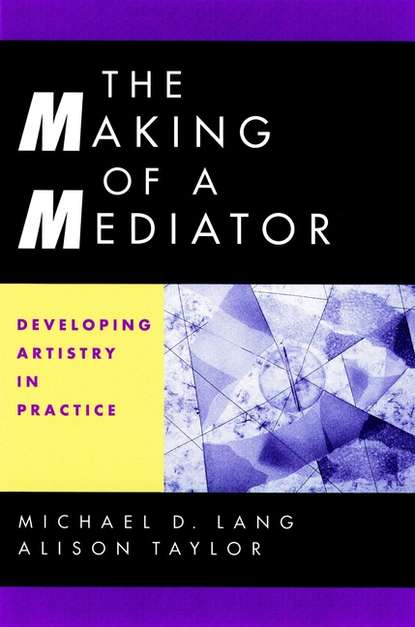Книга "Стратегическое распределение активов на рынках фиксированных доходов" предназначена для практикующих финансистов и охватывает использование Matlab в финансовой и эконометрической моделировании. В книге представлены основные концепции и теории, иллюстрируемые реализацией на Matlab с подробными описаниями всех программных шагов. Книга начинается с ознакомления с Matlab и матричной алгеброй, а затем переходит к центральным концепциям теории финансов, таким как ожидаемая доходность и риск, используя инструменты фиксированных доходов в качестве примеров. Книга также знакомит с концепцией диверсификации и эффективного инвестиционного портфеля, включая введение в CAPM. Кроме того, книга включает в себя введение в эконометрические инструменты, такие как анализ главных компонент и моделирование факторов доходности, а также рассматривает модели временных рядов, такие как VAR и переключение режимов. В книге также приводится ссылка на веб-сайт www.kennyholm.com, на котором можно скачать все программы на Matlab, упомянутые в тексте, а также лекционные слайды и ответы на упражнения в конце глав.
Книга является всеобъемлющим руководством для профессионалов в области финансов и инвестиций. Она знакомит читателей с использованием MATLAB в финансовом секторе и научными методами, которые могут быть применены в индустриях финансов.
Электронная Книга «Strategic Asset Allocation in Fixed Income Markets» написана автором Группа авторов в году.
Минимальный возраст читателя: 0
Язык: Английский
ISBN: 9780470721070
Описание книги от Группа авторов
Matlab is used within nearly all investment banks and is a requirement in most quant job ads. There is no other book written for finance practitioners that covers this Enables readers to implement financial and econometric models in Matlab All central concepts and theories are illustrated by Matlab implementations which are accompanied by detailed descriptions of the programming steps needed All concepts and techniques are introduced from a basic level Chapter 1 introduces Matlab and matrix algebra, it serves to make the reader familiar with the use and basic capabilities if Matlab. The chapter concludes with a walkthrough of a linear regression model, showing how Matlab can be used to solve an example problem analytically and by the use of optimization and simulation techniques Chapter 2 introduces expected return and risk as central concepts in finance theory using fixed income instruments as examples, the chapter illustrates how risk measures such as standard deviation, Modified duration, VaR, and expected shortfall can be calculated empirically and in closed form Chapter 3 introduces the concept of diversification and illustrates how the efficient investment frontier can be derived – a Matlab is developed that can be used to calculate a given number of portfolios that lie on an efficient frontier, the chapter also introduces the CAPM Chapter 4 introduces econometric tools: principle component analysis is presented and used as a prelude to yield-curve factor models. The Nelson-Siegel model is used to introduce the Kalman-Filter as a way to add time-series dynamics to the evolution of yield curves over time, time series models such as Vector Autoregression and regime-switching are also presented Supported by a website with online resources – www.kennyholm.com where all Matlab programs referred to in the text can be downloaded. The site also contains lecture slides and answers to end of chapter exercises



